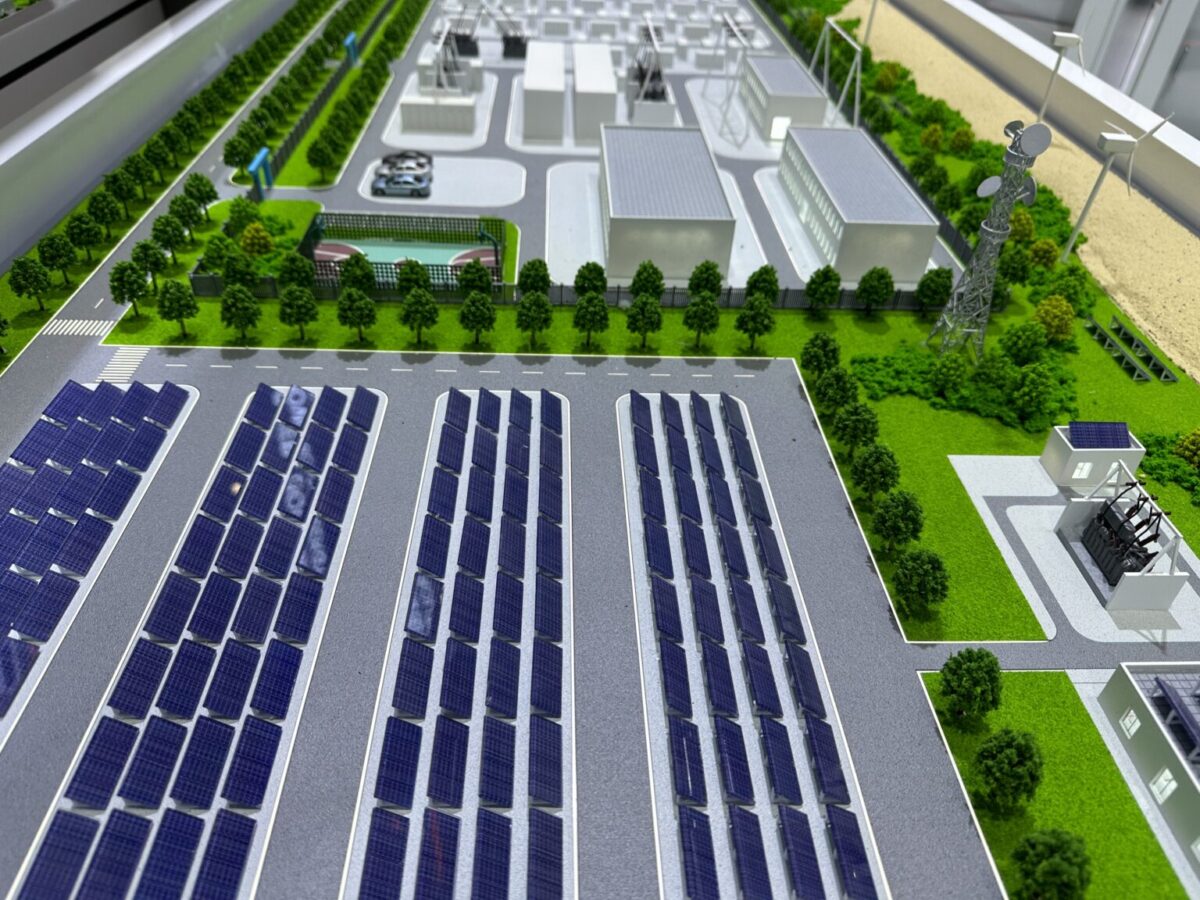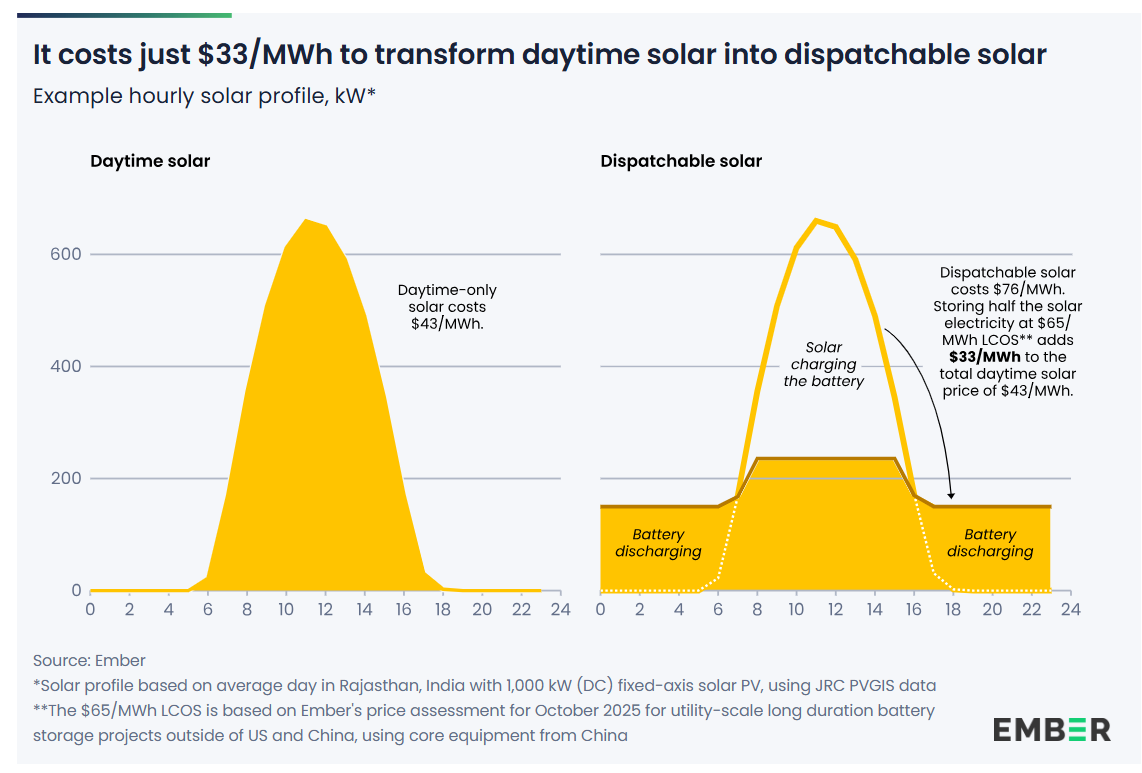From pv magazine Global
A research group led by the Polytechnic University of Milan in Italy has created a mathematical model to optimize PV plant design based on optimized dispatching strategies considering real grid demand and prices.
“We started from the evolution of the electric curve, which is also called duck curve, and then arrived at the extreme case of negative electricity prices,” the research’s corresponding author, Gianpaolo Manzolini, told pv magazine. “The study started three years ago, before negative prices were reported in Europe, but they were already present in Australia, in particular in South Australia. The collaboration with the Queensland University of Technology helped from this point of view.”
The research work intends to demonstrate that the levelized cost of energy (LCOE) is not the correct optimization parameter of photovoltaic and concentrated solar power (CSP) facilities. “The proposed methodology can be applied to any other source,” Manzolini explained. “Certainly, it becomes more relevant when technologies that rely on variable renewable sources. The same goes with storage. In principle, it is not needed in the methodology and, however, it amplifies the differences.”
The proposed model is based on the Aggregated Energy System Optimization (AESOPT) developed by the Polytechnic University of Milan itself. This tool considers size effects on both costs and efficiency of power generation technologies. Its default objective function is the optimization of a project’s net present value (NPV), which corresponds to the value of all future cash flows over the entire life of an investment discounted to the present.
“The AESOPT has been extended to include detailed models of the CSP plants, namely, the power block, the solar field with linear collectors and the molten salt storages,” the research team specified, noting that the modeling uses mixed-integer linear programming (MILP) and takes into account minimum and maximum components size, maximum power exchanged with the grid, energy storage evolution, and energy balances. It also considers economic parameters such as revenue, capital expenditure (capex), operating expenditure (opex), and capital recovery factor. “LCOE is nonlinear since it involves the ratio between two variables. Thus, the LCOE cannot be directly used as objective function of the AESOPT tool.”
The scientists worked on two case studies involving a PV plant and a CSP facility assumed to be installed in South Australia and Southern California. The analysis was based on actual electricity prices of 2022 coupled with the weather conditions over the same year and time resolution and 16 different cases were investigated considering PV and CSP applied to the two locations.
“Results show that solar plants specifically designed to optimize the profits based on the actual electricity market prices lead to relevant differences compared to the standard approach based on the LCOE,” the researchers explained. “PV plant designs optimized according to the latter do not include the installation of a storage system, whereas this becomes crucial to guarantee the profitability of the plant when the actual grid situation is considered.”
They emphasized that considering grid specificity can increase the NPV of a project up to 10 times, while the LCOE could increase up to 3 times compared to conventional LCOE-based approaches.
The academics presented in the study “Limitations of using LCOE as economic indicator for solar power plants,” which was recently published in Renewable and Sustainable Energy Reviews. Scientists from the Queensland University of Technology participated in the research.
“Future work will focus on assessing the plant dispatching and design based on the forecast of weather conditions and electricity prices to see the impact of the uncertainties on the plant design,” they concluded. “In addition, the model will be extended to other schemes as the residential one including energy communities.”
This content is protected by copyright and may not be reused. If you want to cooperate with us and would like to reuse some of our content, please contact: editors@pv-magazine.com.









By submitting this form you agree to pv magazine using your data for the purposes of publishing your comment.
Your personal data will only be disclosed or otherwise transmitted to third parties for the purposes of spam filtering or if this is necessary for technical maintenance of the website. Any other transfer to third parties will not take place unless this is justified on the basis of applicable data protection regulations or if pv magazine is legally obliged to do so.
You may revoke this consent at any time with effect for the future, in which case your personal data will be deleted immediately. Otherwise, your data will be deleted if pv magazine has processed your request or the purpose of data storage is fulfilled.
Further information on data privacy can be found in our Data Protection Policy.